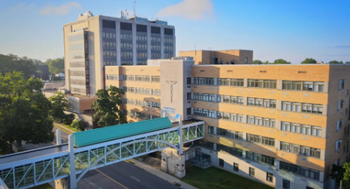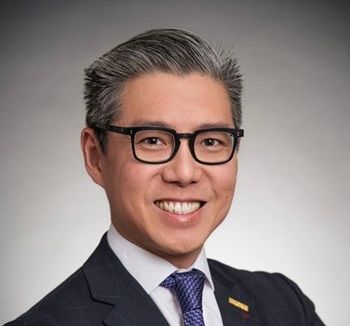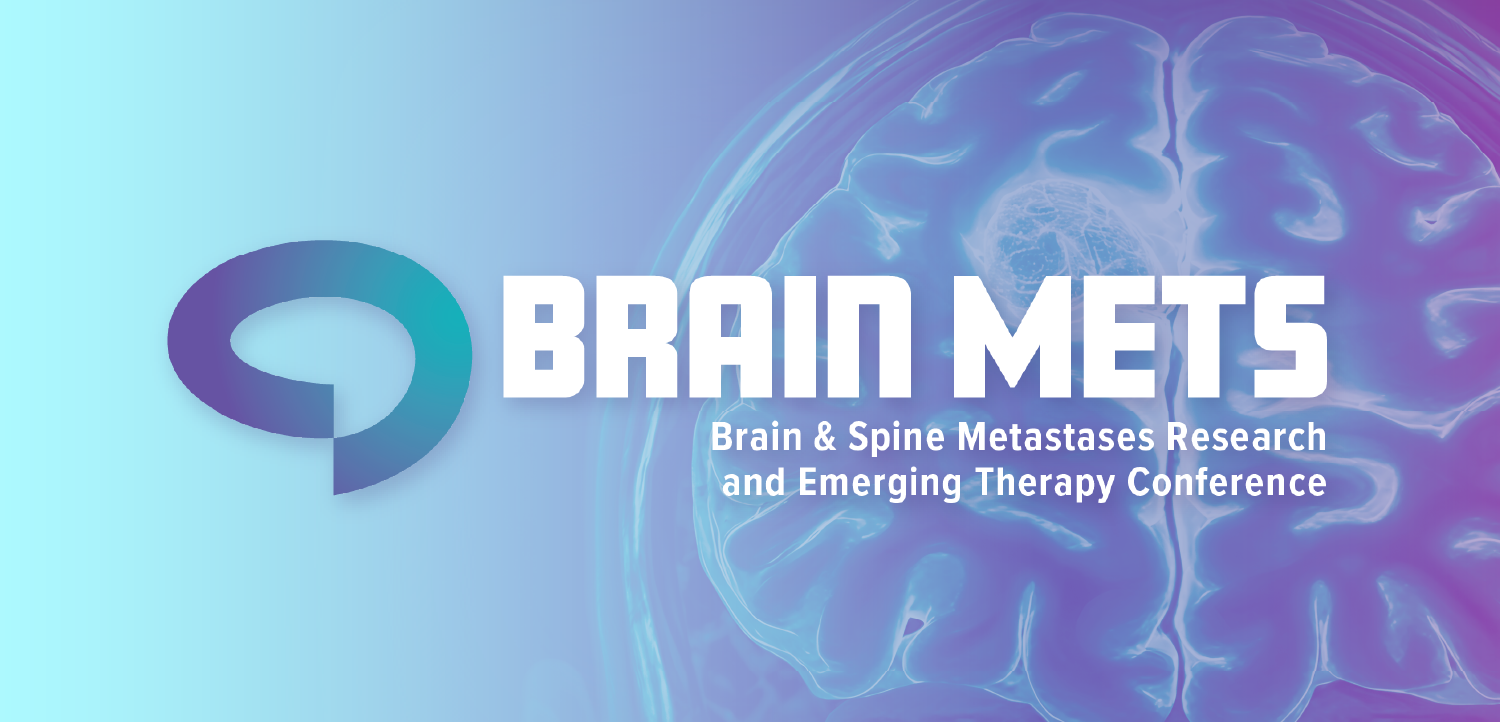
Kaiser Permanente pushes playbook for value-based care | HLTH 2025

Leaders from Kaiser Permanente, Risant Health and Geisinger talk about progress in their approach. Risant plans to add more hospitals to the system in the near future.
Las Vegas – When Kaiser Permanente launched its subsidiary, Risant Health, in 2023, the health system said it was on a mission to expand its value-care model.
Kaiser Permanente CEO Greg Adams said that Risant would be focused on acquiring community hospitals. Risant began with
During a conversation at the HLTH conference, Kaiser and Risant officials said there are more deals to come. Risant Health CEO Dr. Jaewon Ryu said he expects to see the acquisition of other hospital systems in the not-too-distant future.
“Two years from now, I think we'll continue to add other health systems that meet our criteria of what we're looking for,” Ryu said. “Mission-aligned, community-oriented, places that do value-based care and want to do more of it.”
Greg A. Adams, the chief executive officer of Kaiser Permanente, said he looked forward to being back at HLTH to talk about new systems that have joined Risant, and more indicators in the success of expanding value-based care.
“The goal of Risant Health is to expand the value-based care model to more people across the nation,” Adams said.
Adams led a discussion with Ryu and Dr. Ben Hohmuth, chief medical informatics officer & hospitalist at Geisinger, about Risant’s growth and expanding value-based care.
Ryu, the former president and CEO of Geisinger, said Risant Health and Kaiser are looking to change the delivery of care, enabling more people to be healthy, or at least managing conditions effectively, before they require a hospital stay.
“I think at its core, what we're setting out to do at Risant Health is transform the way health care is delivered,” Ryu said. “As I think everybody here knows, the healthcare industry tends to be very downstream in focus, very hospital, ER-centric. And what we're really worried about is getting further upstream, identifying diseases, addressing them, sooner, faster, easier, quicker.”
Kaiser Permanente has embraced value-based care for years, and Risant is aiming to build on that success with systems such as Geisinger, Cone Health, and others down the road.
Risant is taking the best practices developed at Kaiser Permanent “and incorporating them with the know-how of organizations like Geisinger and Cone, these Risant Health organizations, to succeed in these multi-payer, multi-provider, multi-payment, model of environments that we've been calling these pluralistic environments,” Ryu said.
Part of that approach involves what Ryu described as “evidence-based care everywhere, which is, as the name would suggest, reducing unwarranted variation and trying to stay consistent to what is best practice.”
Ryu mentioned Risant’s “care without delay” program, which is designed to instill that consistency in the approach to patient care.
The program spans the acute care in the hospital, but also the discharge to post-acute facilities or in the home. The goal is to shorten hospital stays and reduce the need for readmission to the hospital.
“It's not just about what is going on in the hospital,” Ryu said. “It's also about what got them there, what happened leading up to that, and what happens afterwards. I think the idea at its core is about trying to do things consistently.”
But he also said the strategy includes simplifying work for clinicians.
“We know that there are a lot of pain points, that we can reduce those friction points, and make it easier for clinicians to do their jobs,” Ryu said.
Geisinger rolled out Risant’s program in one of its main campuses six months ago, and just went live on two other campuses, Hohmuth said. Geisinger should have the program in all nine hospitals by January, he said.
At the Geisinger campus where the program has been running for months, Hohmuth touted encouraging results. The hospital has seen a 40% increase in the number of patients being discharged by 11 a.m., which helps create more capacity for the patients arriving in the emergency department. Patients are spending a day less in post-acute facilities.
“Perhaps most impressively, we had our lowest length of stay ever in August,” Hohmuth said. “So, we're really excited about that.”
Hohmuth said he was especially encouraged that Geisinger has seen those gains, even as more people have come into the emergency department and the hospital has been running close to 100% capacity.
“It's not an easy environment that we've made these positive changes,” Hohmuth said.
“We’re really excited about the progress, and we're starting to make some moves in our bigger hospitals,” he added. “I think six months from now, we'll have similar results across the system.”








































